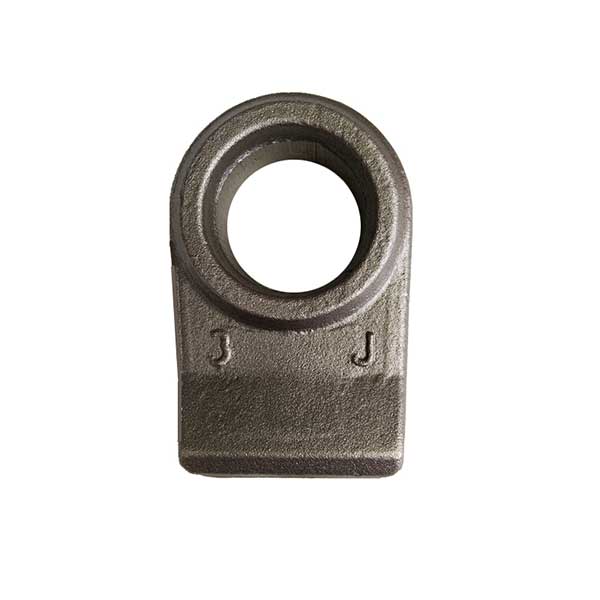
The forging products of the forging factory are plastically deformed by forging processing. The forging process is a processing method for the blanks or parts that use the external force to plastically deform the forging raw materials and obtain the size, shape and performance required for the forgings. Through forging processing can eliminate defects such as as-cast looseness caused by metal in the smelting process, optimize the microstructure, and at the same time greatly enhance the performance of forgings in use due to the preservation of the complete metal forging flow line.
Forging is one of the main methods for the production of blanks and parts in mechanical manufacturing. It is often divided into free forging and die forging. Compared with other processing methods, forging processing has the following characteristics:
1. Improve the internal structure of forgings and improve mechanical properties. After the forging blank is forged, its structure and properties are improved and improved. Forging processing can eliminate defects such as pores, shrinkage cavities and dendrites in the metal ingot, and can be coarsened due to plastic deformation and recrystallization of the metal. The grain is refined to obtain a dense metal structure, thereby improving the mechanical properties of the forging. In the design of the part, if the direction of the force of the part and the direction of the fiber structure are correctly selected, the impact resistance of the forging can be improved.
2. The utilization rate of materials is high. Metal plastic forming is mainly rearranged by the relative position of the metal body structure without the need to cut the metal.
3. Higher productivity. Forging processing is generally carried out by using a press and a forging hammer.
4. The accuracy of blanks or forgings is high. With advanced technology and equipment, it can achieve less or no cutting.
5. The metal material used for forging should have good plasticity so that it can be plastically deformed without breaking under the action of external force. Among the commonly used metal materials, cast iron is a brittle material with poor plasticity and cannot be used for forging. Copper, aluminum and alloys thereof in steel and non-ferrous metals can be processed under cold or hot conditions.
6. It is not suitable for forming forgings with complex shapes. Forging processing is formed in the solid state. Compared with casting, the flow of metal is limited, and it is generally required to adopt heating and other technological measures. It is difficult to manufacture parts or blanks with complex shapes, especially those with complex internal cavities.
Since forging has the above characteristics, important parts subjected to impact or alternating stress (such as transmission spindle, ring gear, connecting rod, track wheel, etc.) should be processed by forging blanks, so forging processing in machinery manufacturing, mining, light industry Heavy industry and other industries have been widely used.

